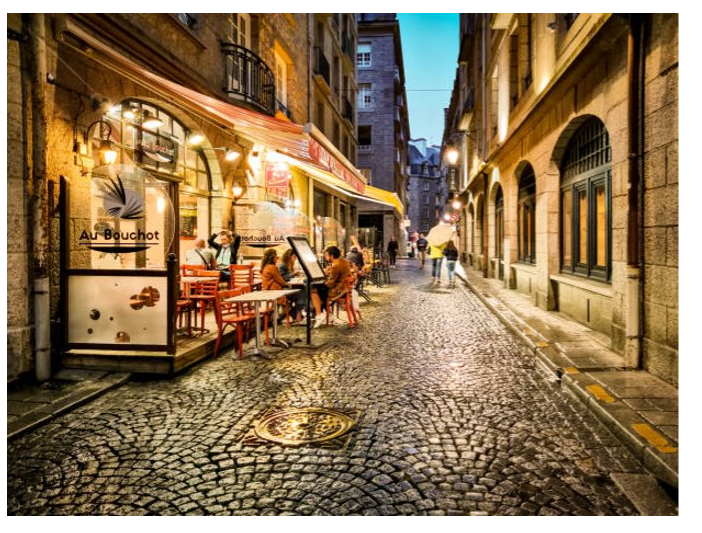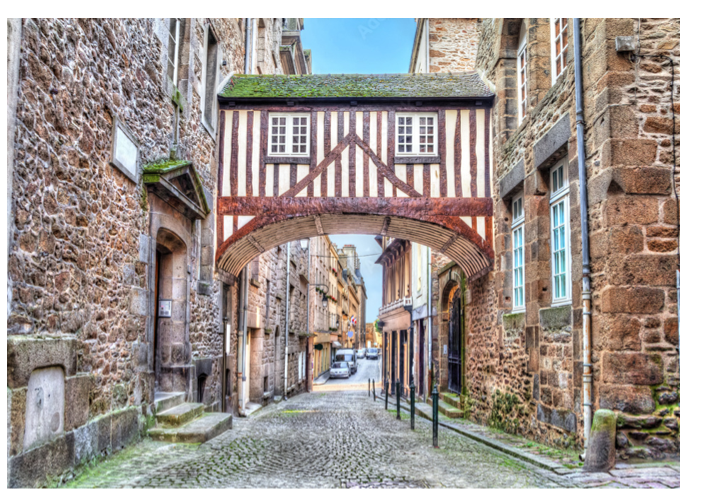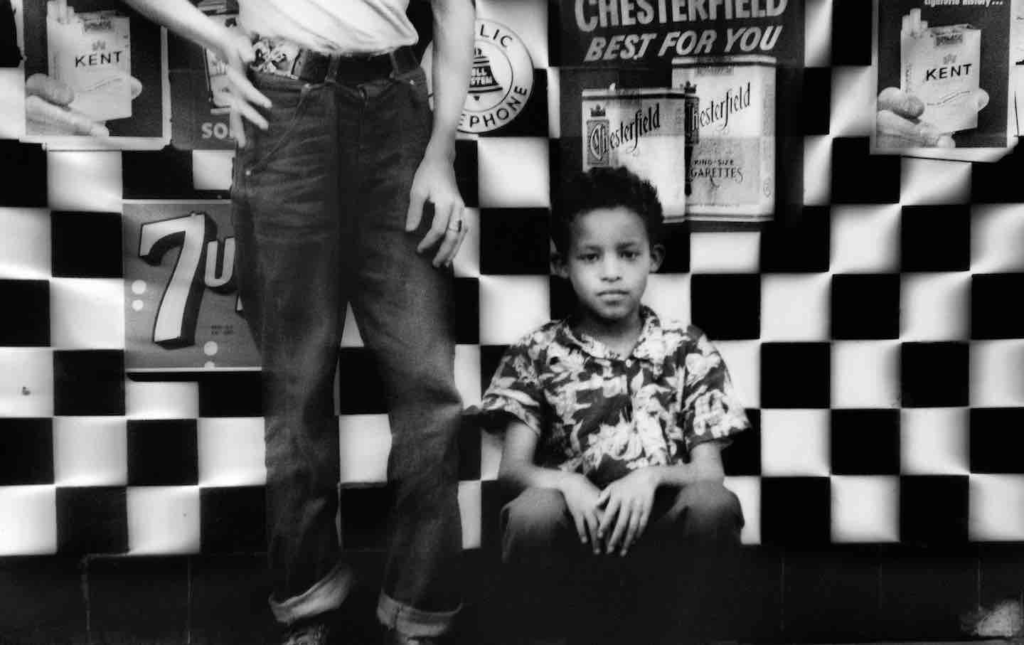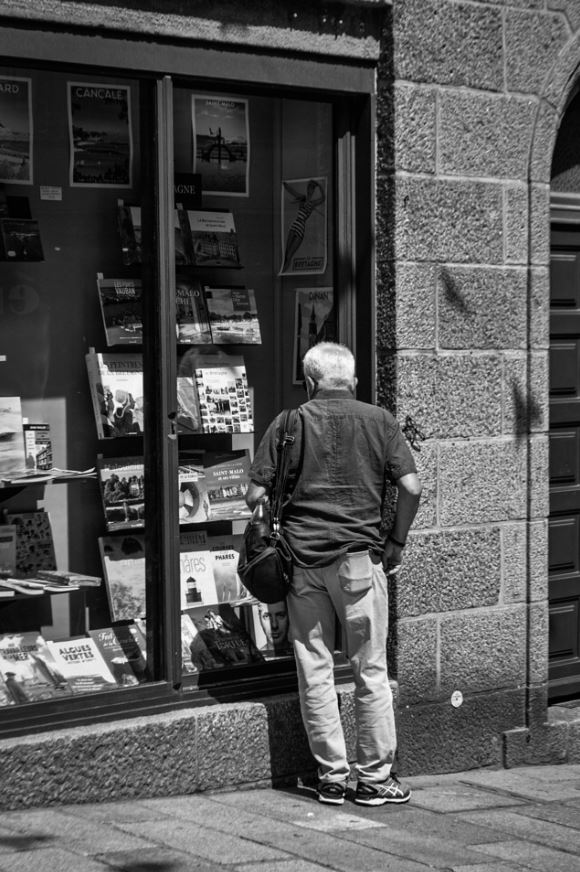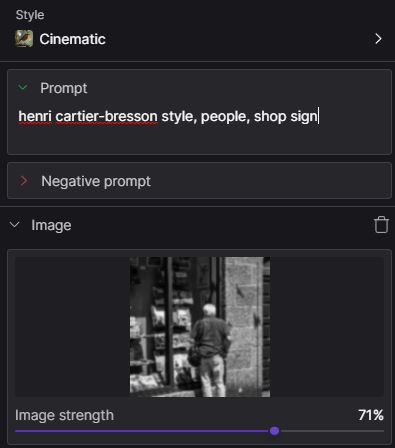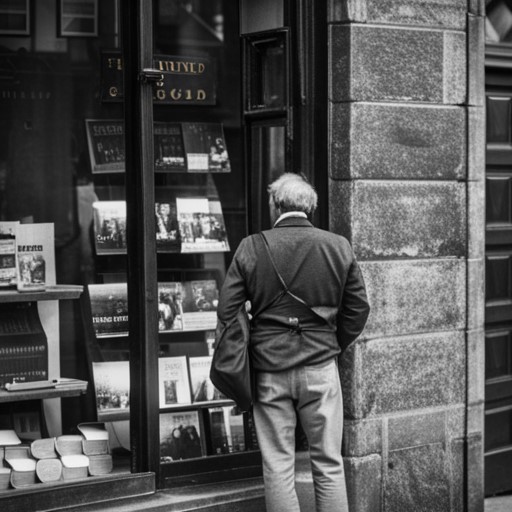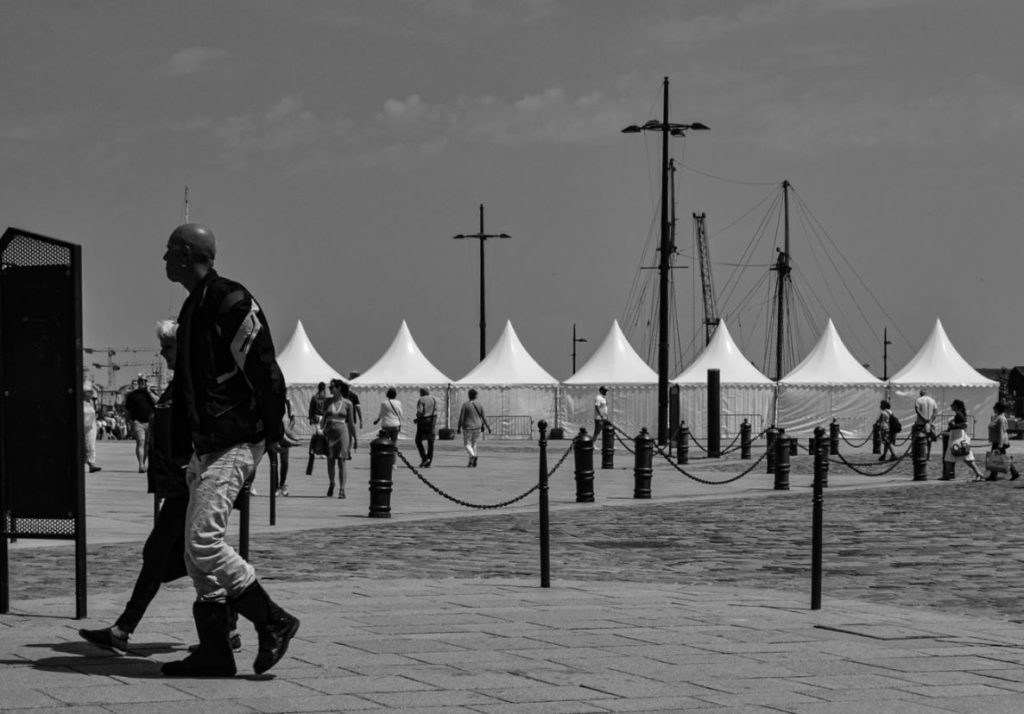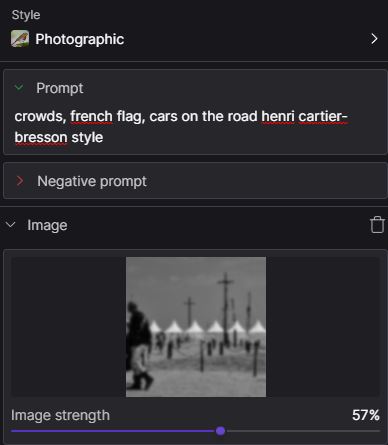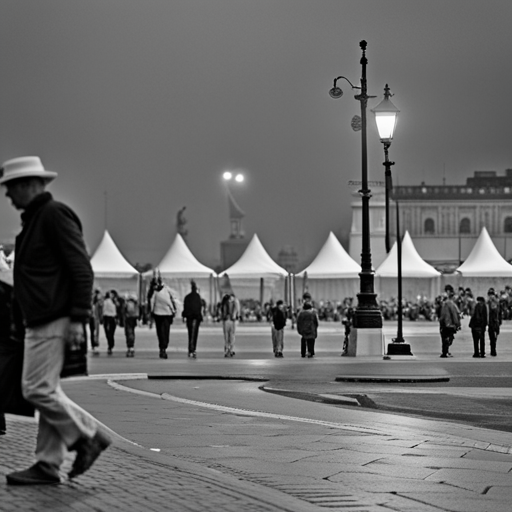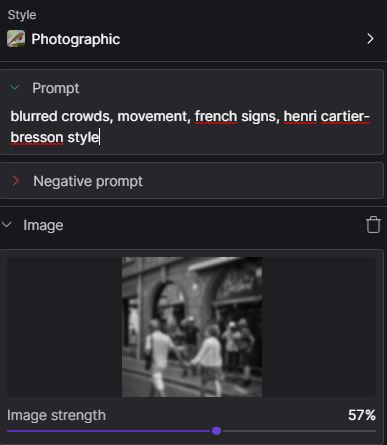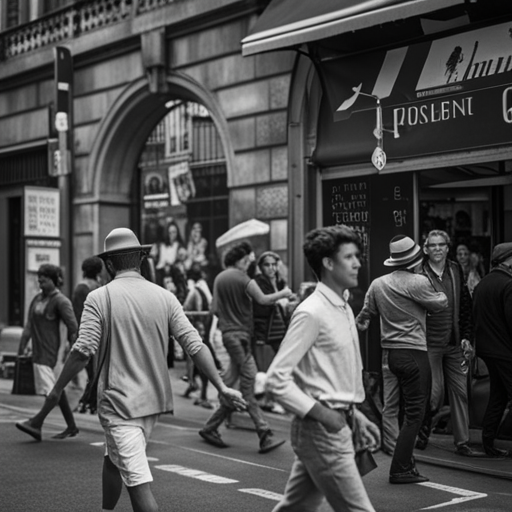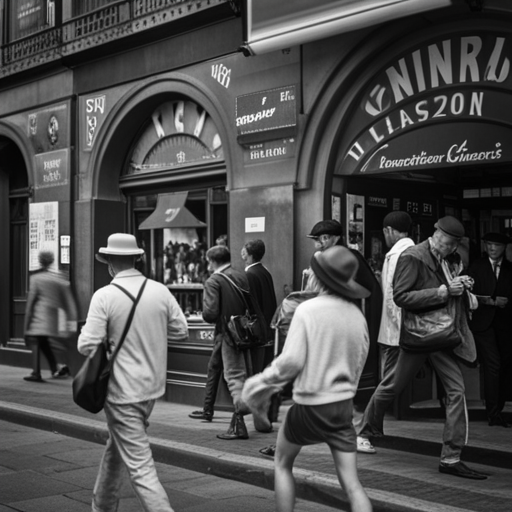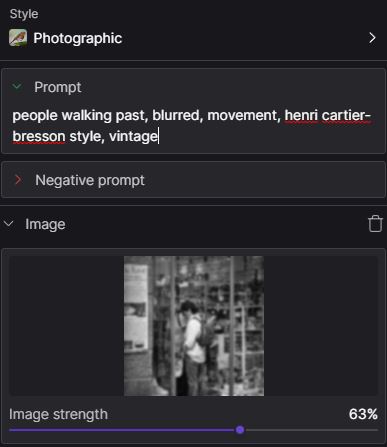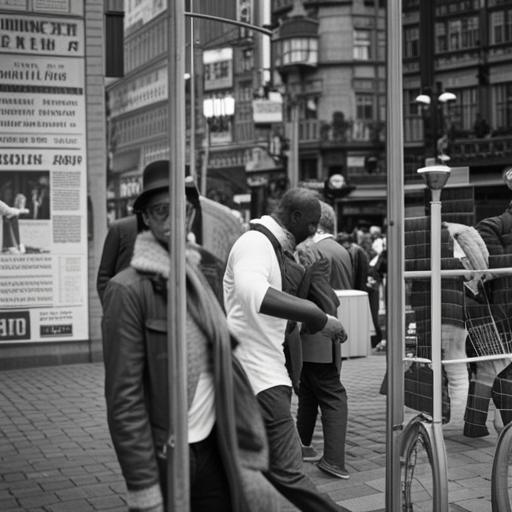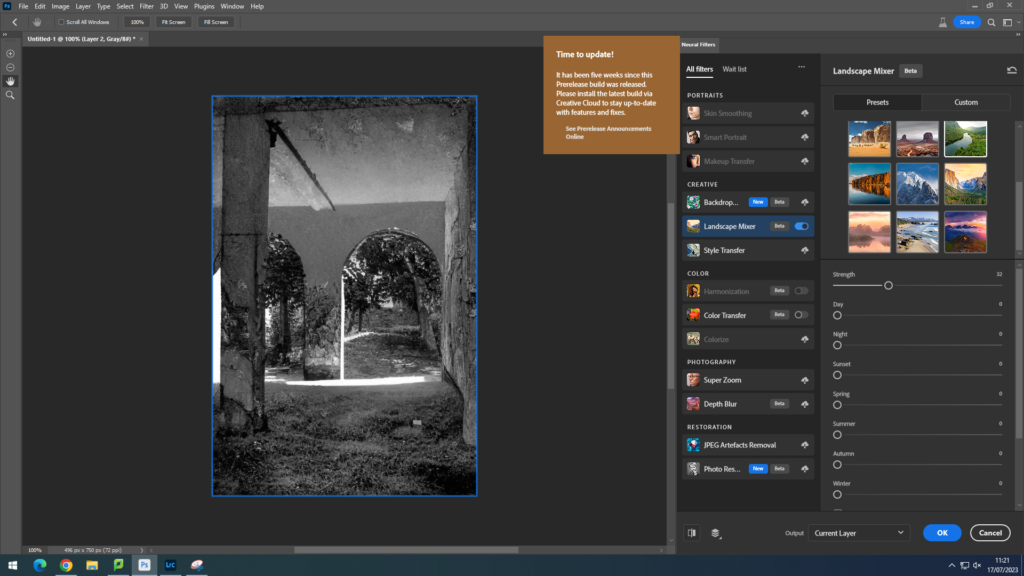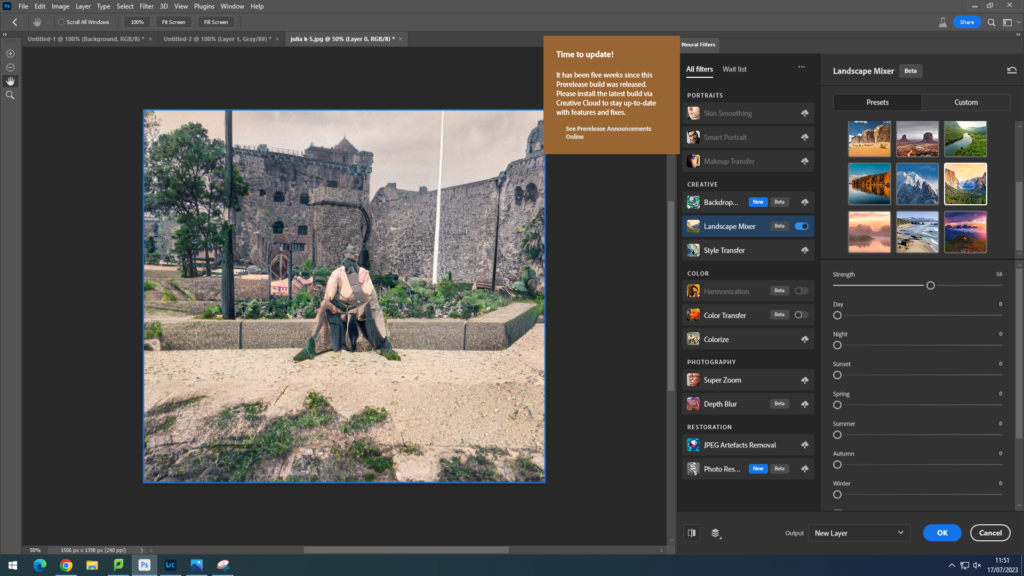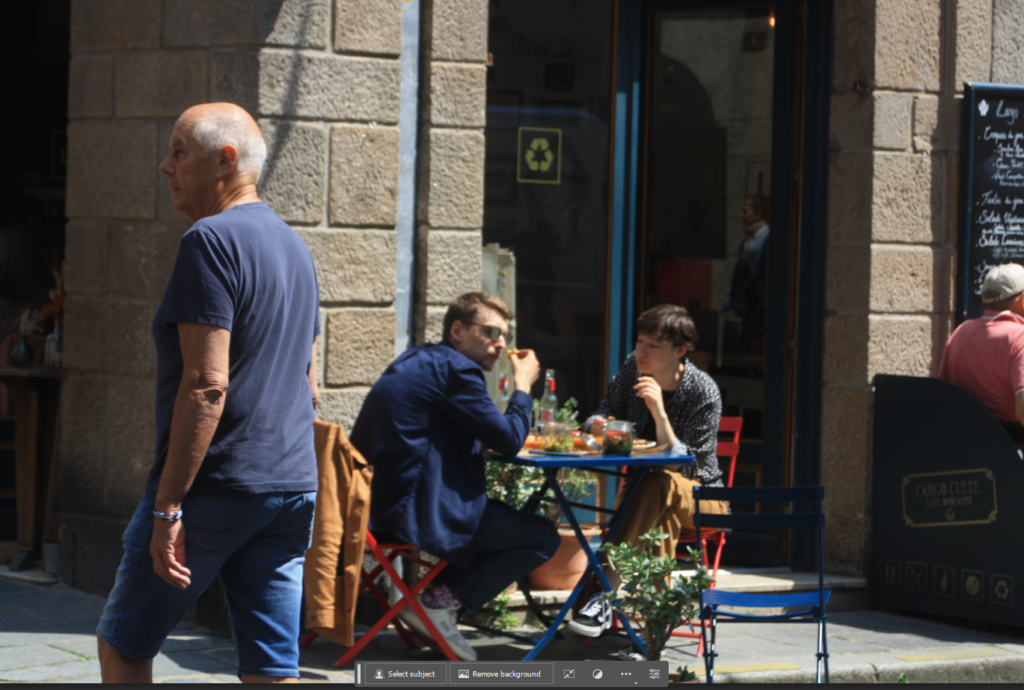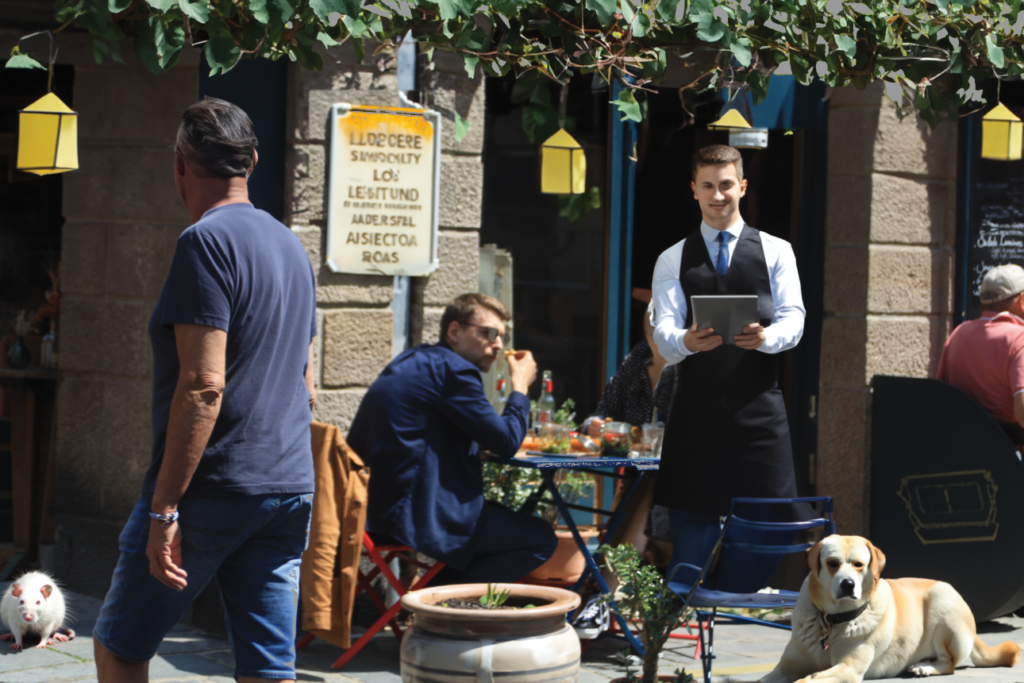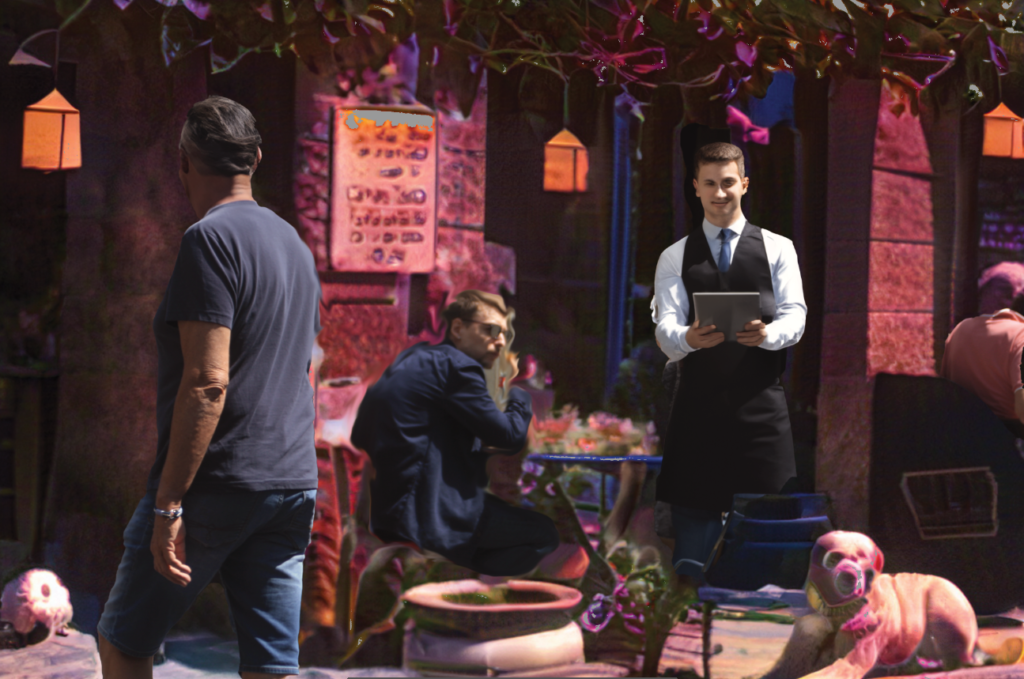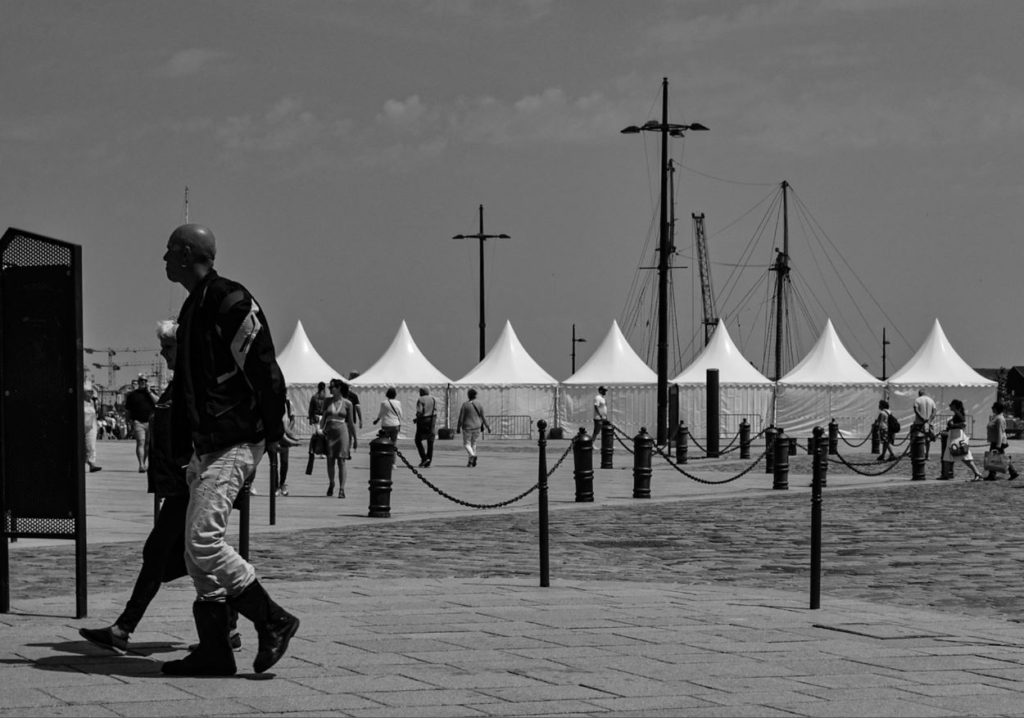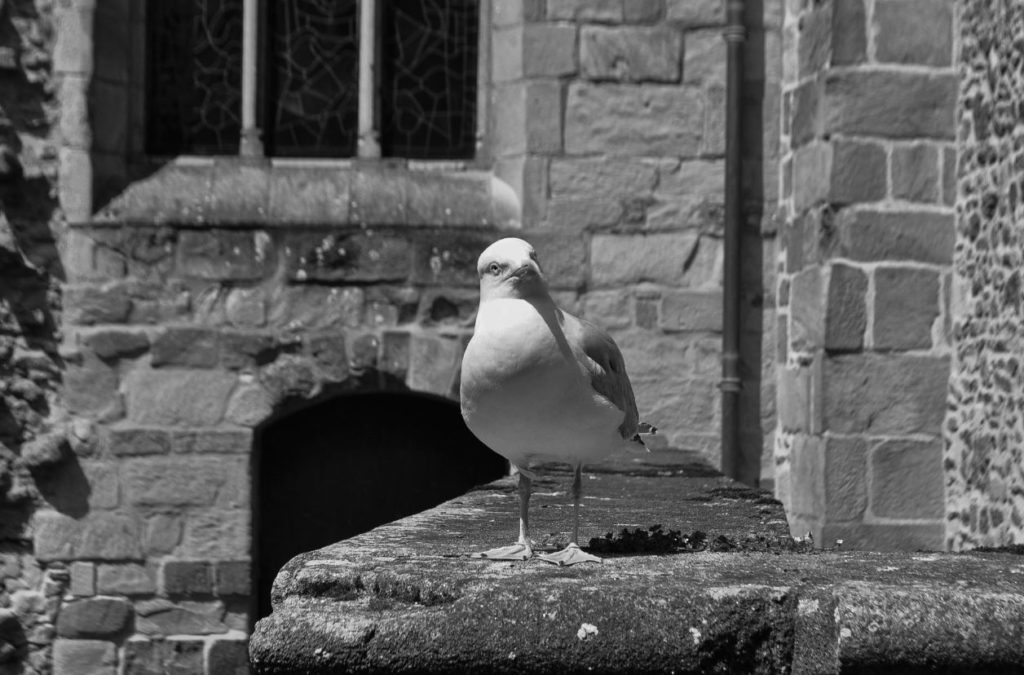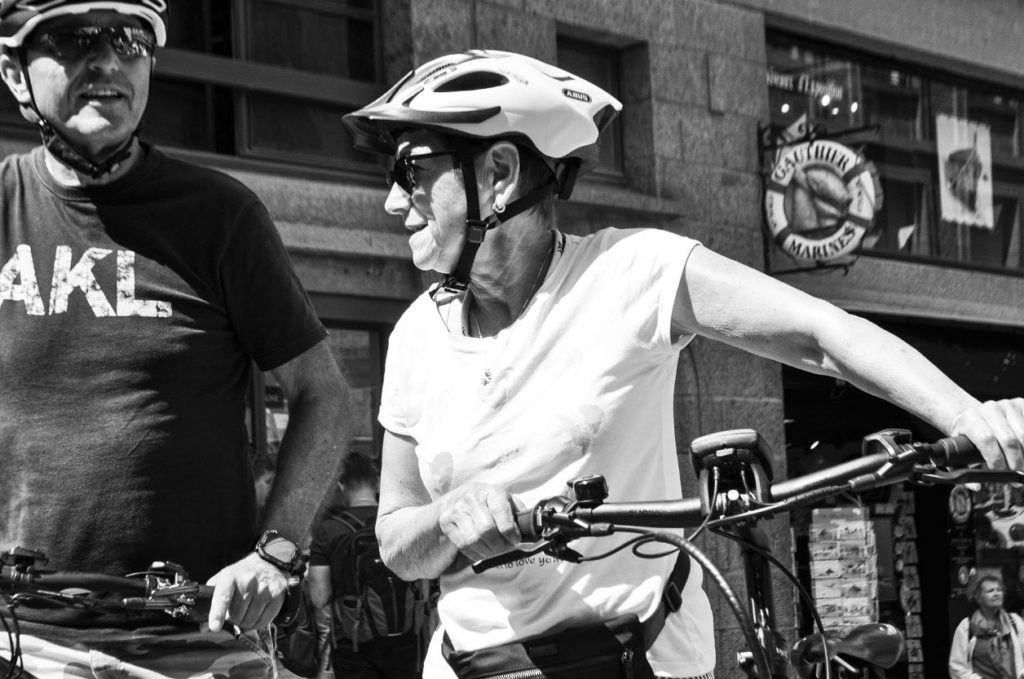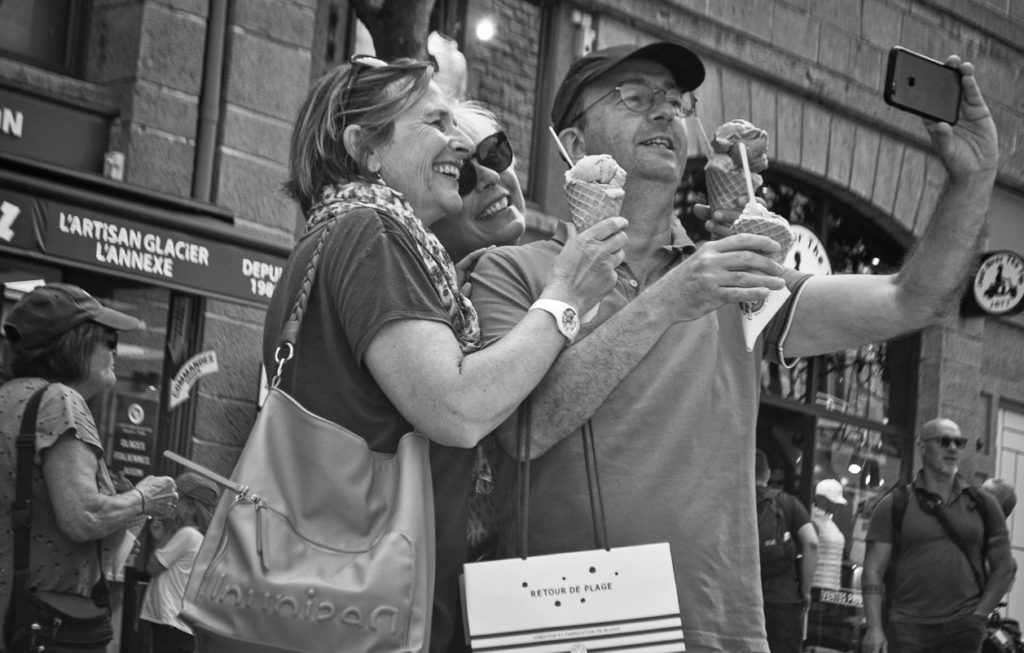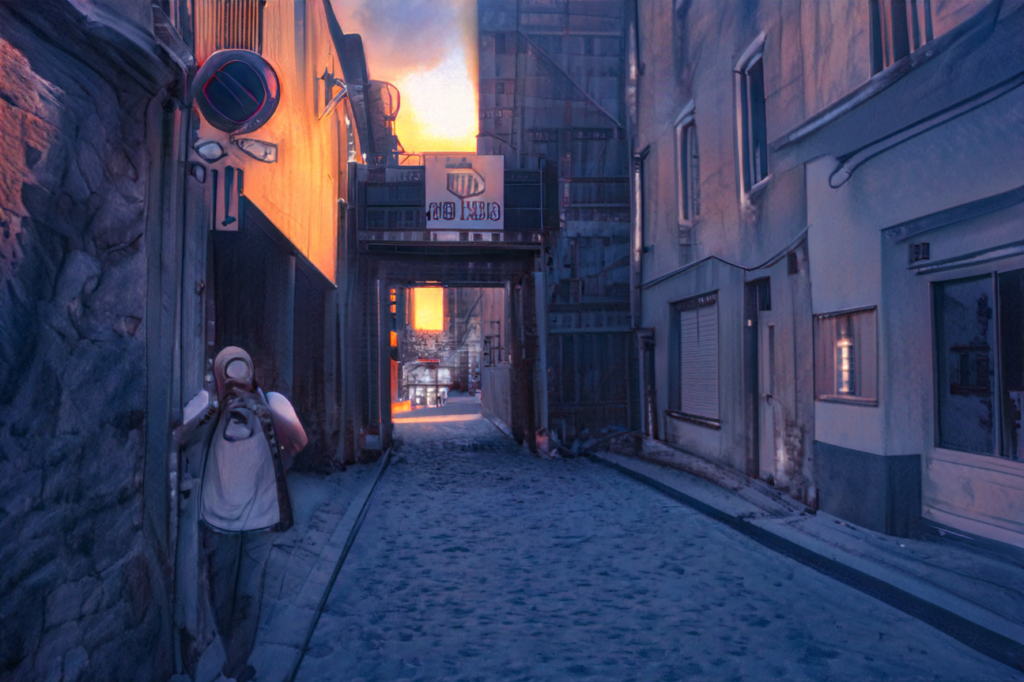
Henri Cartier-Bresson, who was born on August 22nd, 1908 in the northwestern region of France, is widely recognized as one of the most impactful photographers in history due to his unique and curious approach to capturing portraits, and is an early user of 35mm film. His renowned photobook, titled ‘The Decisive Moment,’ stands as an iconic example within its genre, delving into his exceptional skill in capturing spontaneous moments in street photography. The Decisive Moment is a term coined by Henri Cartier-Bresson.
Initially drawn to the world of painting and drawing, Bresson’s creative journey took a turn towards photography due to limited access to art supplies. Through photography and capturing images, he discovered his true passion. Motivated by a fervent desire to combat Fascism, Cartier-Bresson eagerly volunteered for the war effort and was assigned to a film and photography unit in Metz, France, in 1940. However, his aspirations were cut short when he was captured by the Germans shortly after enlisting, leading to a three-year period of captivity.
Despite two unsuccessful escape attempts, Bresson eventually found refuge in a nearby farmhouse. Throughout the remainder of the war, he dedicated himself to aiding others in their liberation while simultaneously documenting the occupation of France using his cherished Leica camera. Recognizing his talent and vision, the American Office of War Information commissioned Cartier-Bresson to create a documentary titled “La Retour” (1946), focusing on the return of French prisoners. This documentary became the centerpiece of his first solo exhibition, held at the Museum of Modern Art in 1947. Remarkably, the exhibition had initially been planned as a retrospective, as Cartier-Bresson had been mistakenly presumed dead. However, the artist defied expectations by being very much alive and present at the exhibition’s opening.
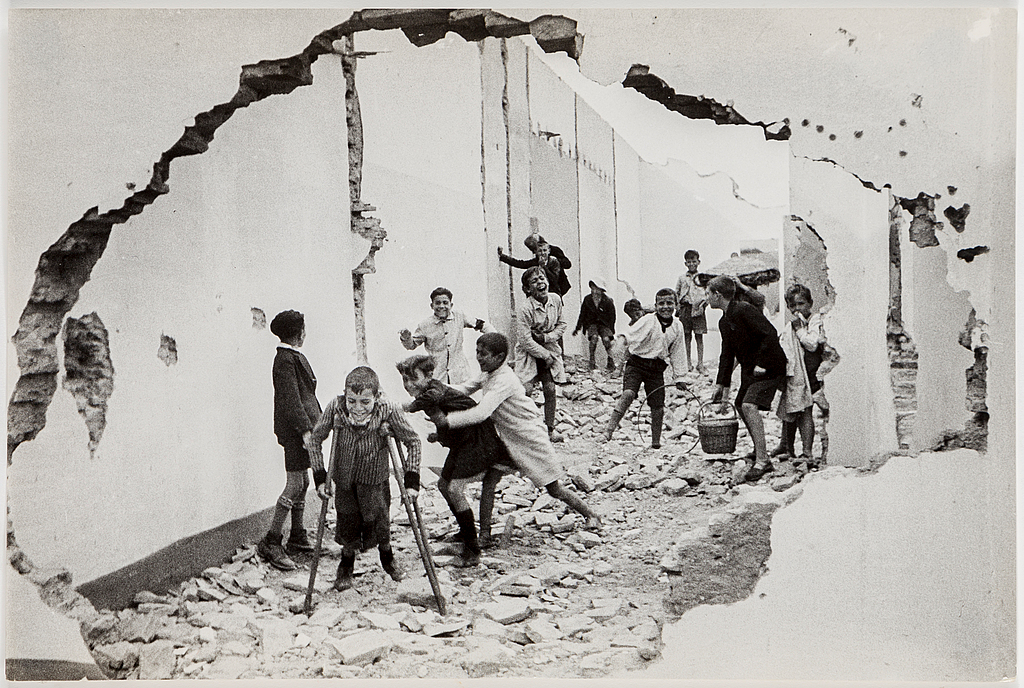
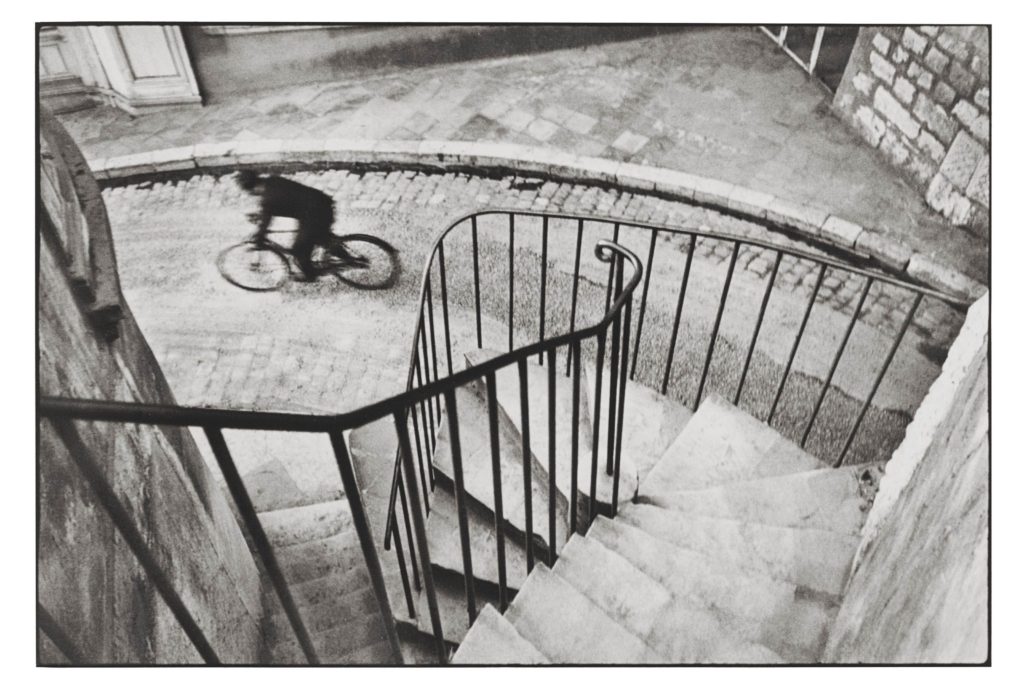

At its core, the book conveys Cartier-Bresson’s conviction that within every captured scene, there exists a crucial moment that holds tremendous significance. This moment, according to him, relies on an instinctive intuition and a profound understanding of composition and visual appeal, qualities that Cartier-Bresson believes are indispensable for any photographer.

The book showcases Cartier-Bresson’s mastery of candid street photography, where he captures spontaneous and fleeting moments with his keen eye and impeccable timing. It emphasizes his belief in the importance of intuition, composition, and aesthetic value in creating compelling photographs.
Through a collection of his iconic images and insightful writings, Cartier-Bresson conveys the power of photography as a medium for storytelling and capturing the essence of human experience. The book serves as an inspiration and guide for aspiring photographers, encouraging them to develop their own artistic vision and be ready to capture the decisive moment whenever it arises. this inspires me and will use this advise taken from his photographs, to capture decisive moment while photographing people on the streets of St Malo.



